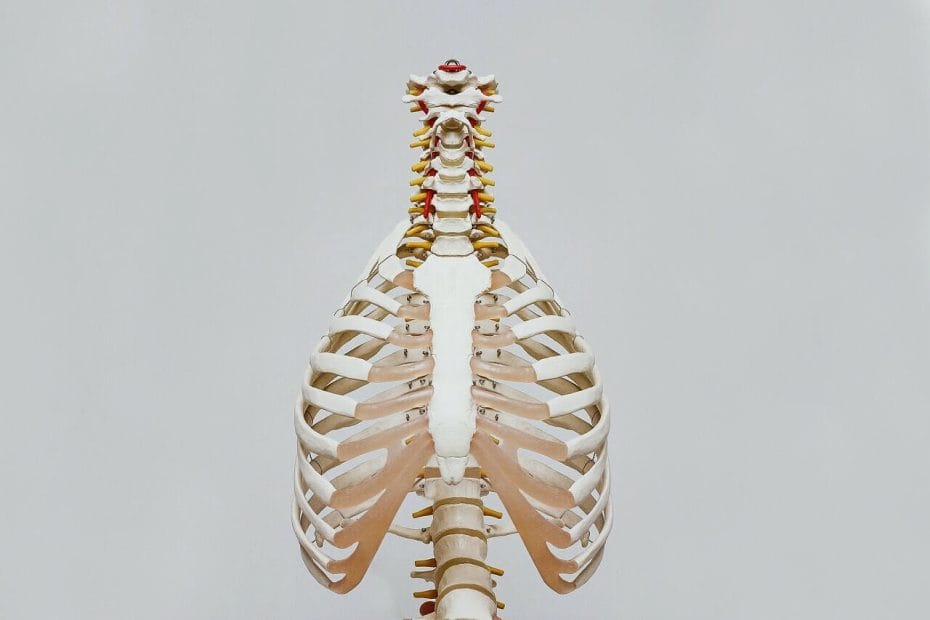Sirenomelia is commonly known as mermaid syndrome. Sirenomelia is a very rare genetic, developmental syndrome. It is basically characterized by a disorder of lower spine and the lower limbs. Legs are partially or completely fused together in the affected newborn. Moreover, this syndrome also followed the abnormalities of the genitourinary and gastrointestinal system. Additionally, lumbar sacral spine and pelvis anomalies and absence or underdevelopment of one or both kidneys also occur.
The newborn affected with mermaid syndrome have one foot, no feet or both feet, which may be rotated externally. There is an absence of tailbone in the affected infants. Partially or entirely absence of sacrum is also observed in some affected infants. Other circumstances also present in the affected infants like an imperforate anus, spina bifida, and heart abnormalities. Sirenomelia is often lethal during the newborn period (Samal & Rathod, 2015). The main molecular cause of sirenomelia is still unknown. However, two hypotheses about the cause of sirenomelia are given. The first hypothesis proposed that, due to the deficiency of blood flow and nutrient supply to the caudal mesoderm, lower limbs fuse together. This then causes the agenesis of midline structures and subsequent anomalous assessment of both lower limb fields (Sadler & Rasmussen, 2010).
According to second blastogenesis hypothesis, the caudal mesoderm developmental defect is attributed to a teratogenic event during the gastrulation stage (Duesterhoeft, Ernst, Siebert, & Kapur, 2007). Due to this flaw notochord is not correctly formed which leads to the caudal structure development abnormally. Environmental factors that cause mermaid syndrome include maternal diabetes, smoking, use of retinoic acid and exposure to heavy metals (Naveena & Mrudula, 2013).
Sirenomelia is a severe form of symmelia in which no foot is present. Symmelia is basically classified according to the number of feet present. Tripodial symmelia contains three feet, dipodal symmelia have two feet, monopodal symmelia consist of one foot and apodal symmelia or sirenomelia which contain no feet and more severe form and closely related to a mermaid. A more acceptable classification of sirenomelia is that in which seven types are included:
Type I – all thigh and leg bones present
Type II – which has a single fibula
Type III – that has an absence of fibulae
Type IV – has partially fused femurs and fused fibulae
Type V – consists of partially fused femurs or absent fibulae
Type VI – has single femur and single tibia
Type VII has single femur present and, an absence of tibiae. (Orioli et al., 2011).
As sirenomelia is a very rare syndrome and occurs in 1 for every 70, 000 births. More than 1000 babies are born with sirenomelia, and only 300 babies of them are alive after birth. In these 300 alive babies, some of them become dead after few days of their birth due to lethal complications like the total absence of kidneys and bladder. The uterus, vagina, urinary tracts, genitals, anal opening and other parts of the lower body may be missing or being misplaced (Duhamel, 1961).
High-resolution colour Doppler sonography is used to detect the sirenomelia in early 13 weeks of an antenatal period (Vijayaraghavan & Amudha, 2006). Due to the absence of renal system, this condition is lethal. However, exceptional cases are only surviving which have the absence of renal system. A 13-year-old girl, Tiffany Yorks was born with fused legs. She undergoes frequent operations to separate her lower limbs (Dharmraj & Gaur, 2012).
There are also facial deformities are present in the infants with mermaid syndrome and called Potter’s facies. The symptoms include large, low-set ears, prominent epicanthic fold, hypertelorism, flat nose and receding chin. When features of Potter’s facies are combined with oligamnios and pulmonary hypoplasia it is known as Potter’s syndrome. (Siddiqua, Abbasi, & Hasan, 2017).
References
Dharmraj, M., & Gaur, S. (2012). Sirenomelia: a rare case of foetal congenital anomaly. Journal of clinical neonatology, 1(4), 221.
Duesterhoeft, S. M., Ernst, L. M., Siebert, J. R., & Kapur, R. P. (2007). Five cases of caudal regression with an aberrant abdominal umbilical artery: further support for a caudal regression–sirenomelia spectrum. American Journal of Medical Genetics Part A, 143(24), 3175-3184.
Duhamel, B. (1961). From the mermaid to anal imperforation: the syndrome of caudal regression. Archives of disease in childhood, 36(186), 152.
Naveena, S., & Mrudula, C. (2013). Sirenomelia-The mermaid syndrome: A case report. IOSR J Dent Med Sci [serial online], 7, 01-04.
Orioli, I. M., Amar, E., Arteaga‐Vazquez, J., Bakker, M. K., Bianca, S., Botto, L. D., . . . Leoncini, E. (2011). Sirenomelia: an epidemiologic study in a large dataset from the International Clearinghouse of Birth Defects Surveillance and Research, and literature review. Paper presented at the American Journal of Medical Genetics Part C: Seminars in Medical Genetics.
Sadler, T. W., & Rasmussen, S. A. (2010). Examining the evidence for vascular pathogenesis of selected birth defects. American Journal of Medical Genetics Part A, 152 (10), 2426-2436.
Samal, S. K., & Rathod, S. (2015). Sirenomelia: The mermaid syndrome: Report of two cases. Journal of natural science, biology, and medicine, 6 (1), 264.
Siddiqua, S. F., Abbasi, S., & Hasan, A. S. (2017). Sirenomelia: The Mermaid Syndrome-A Rare Case Report. Anwer Khan Modern Medical College Journal, 8 (2), 144-147.
Vijayaraghavan, S. B., & Amudha, A. P. (2006). High‐Resolution Sonographic Diagnosis of Sirenomelia. Journal of ultrasound in medicine, 25(4), 555-557.





